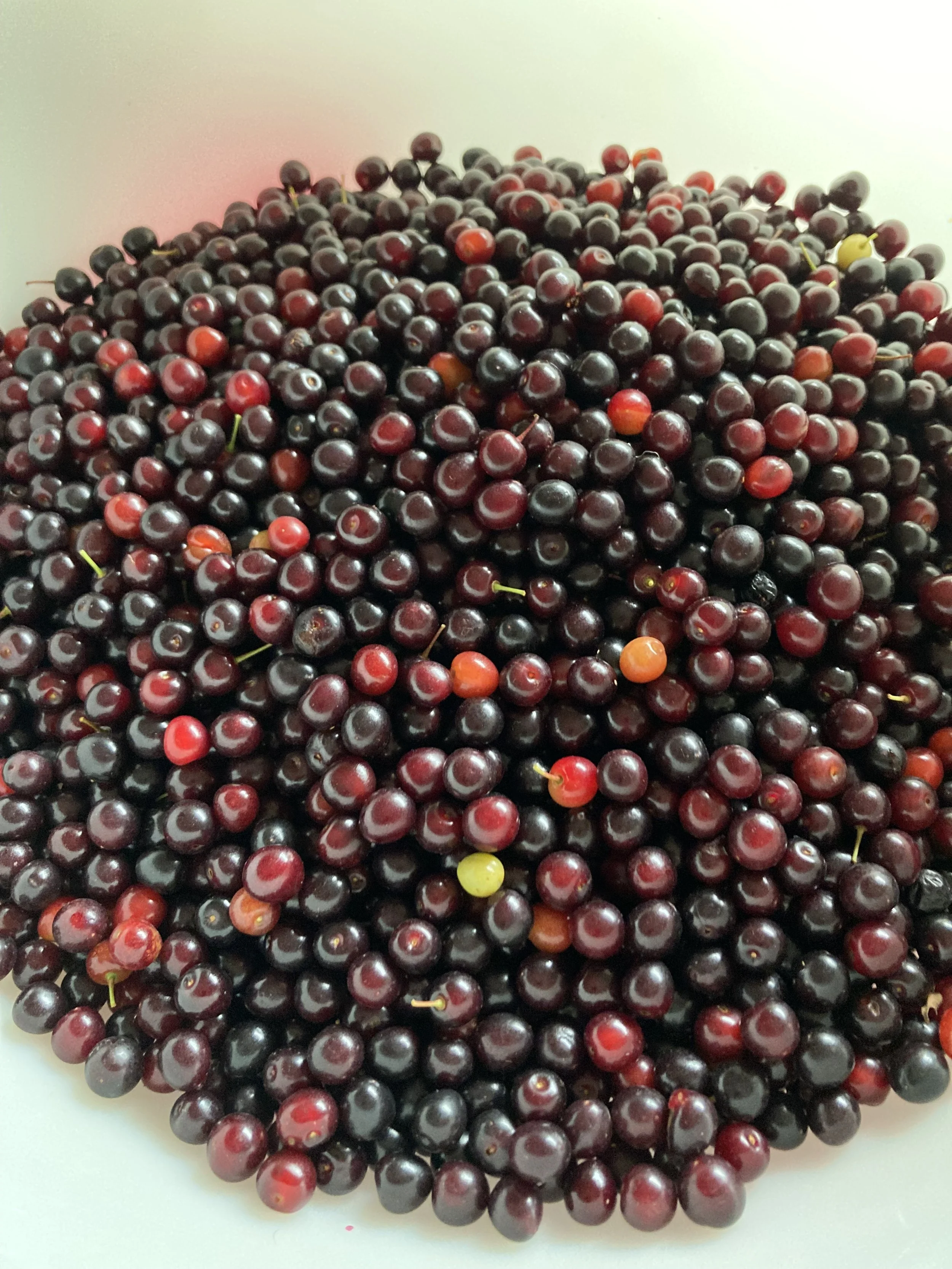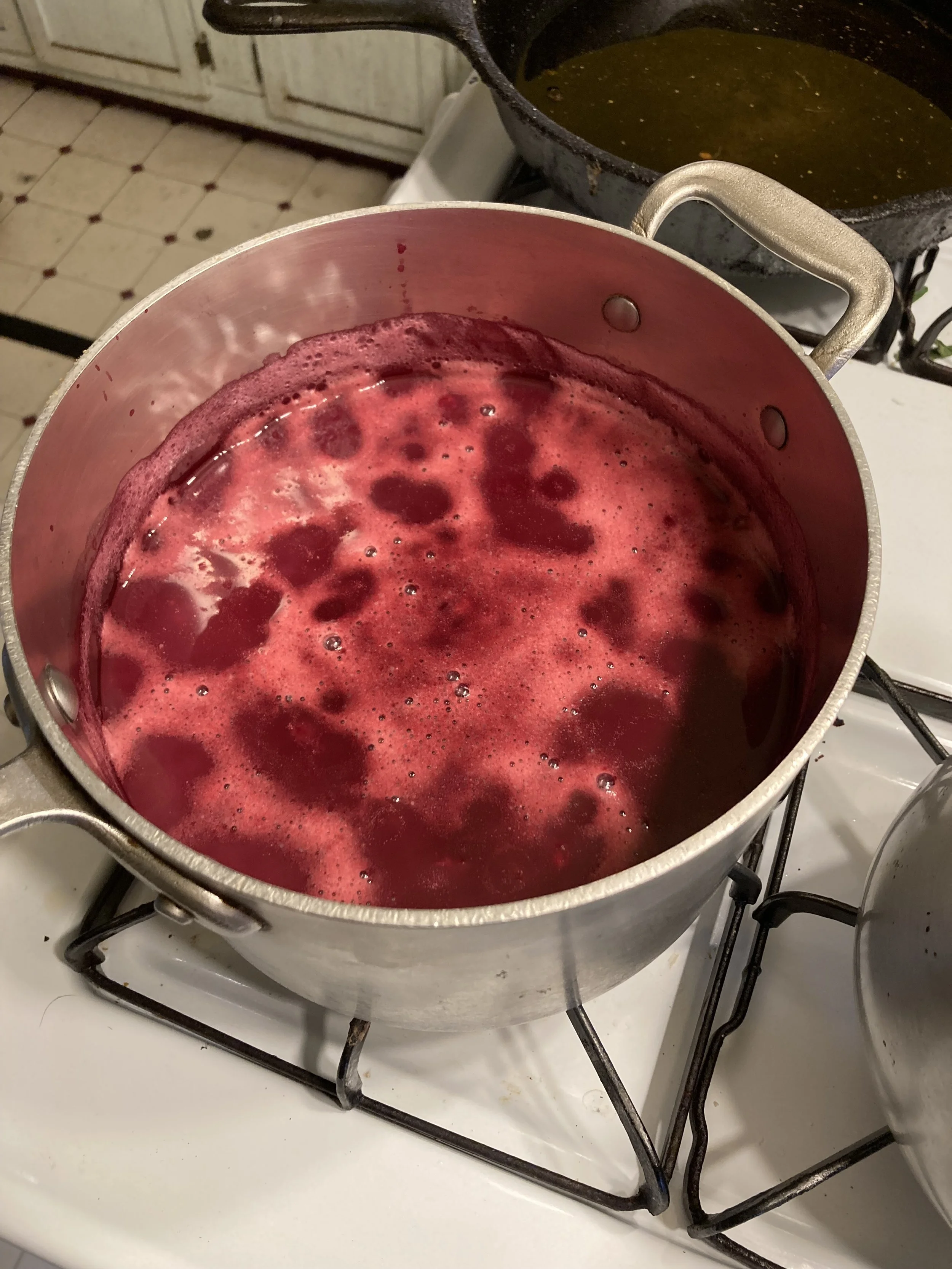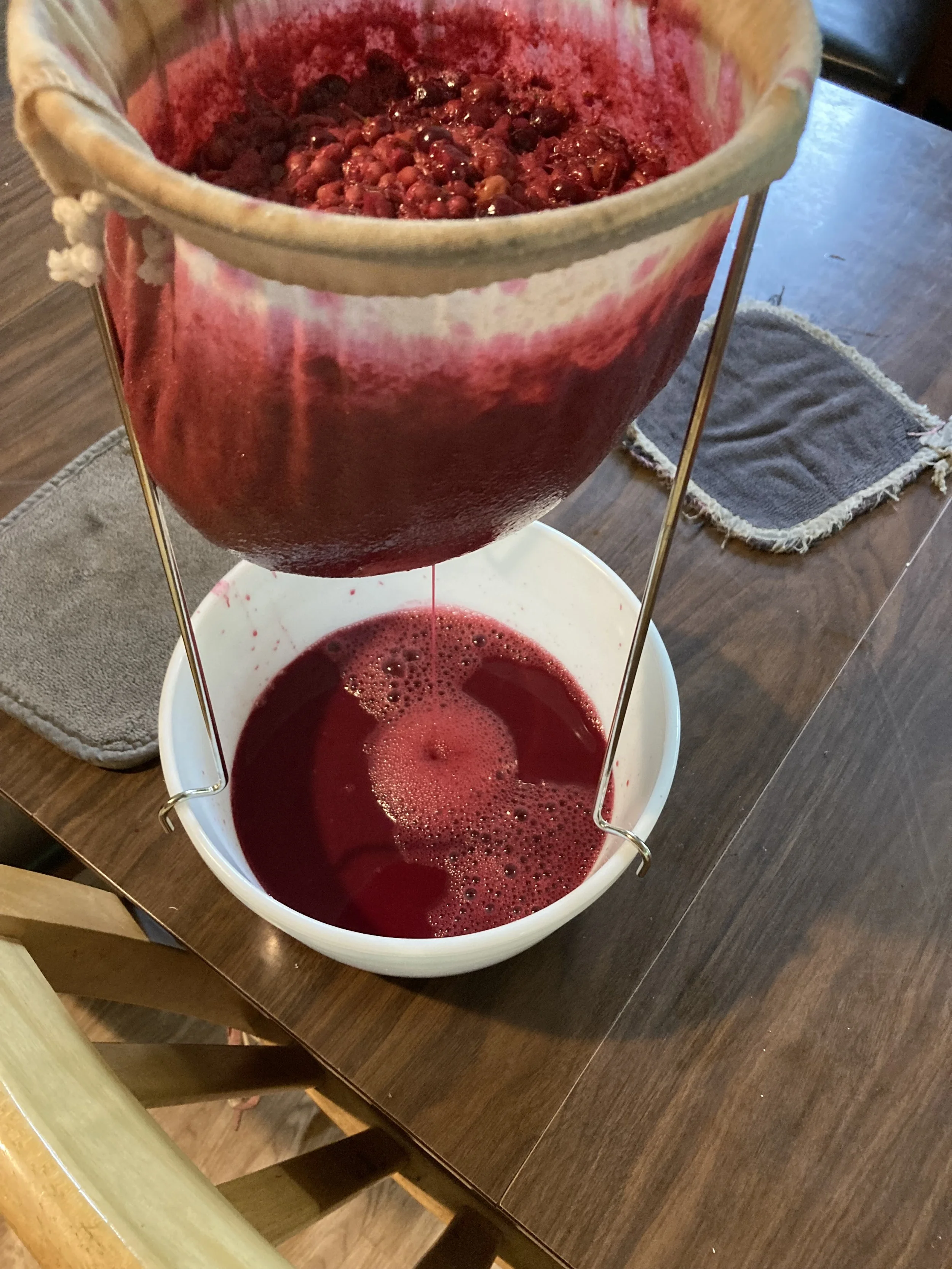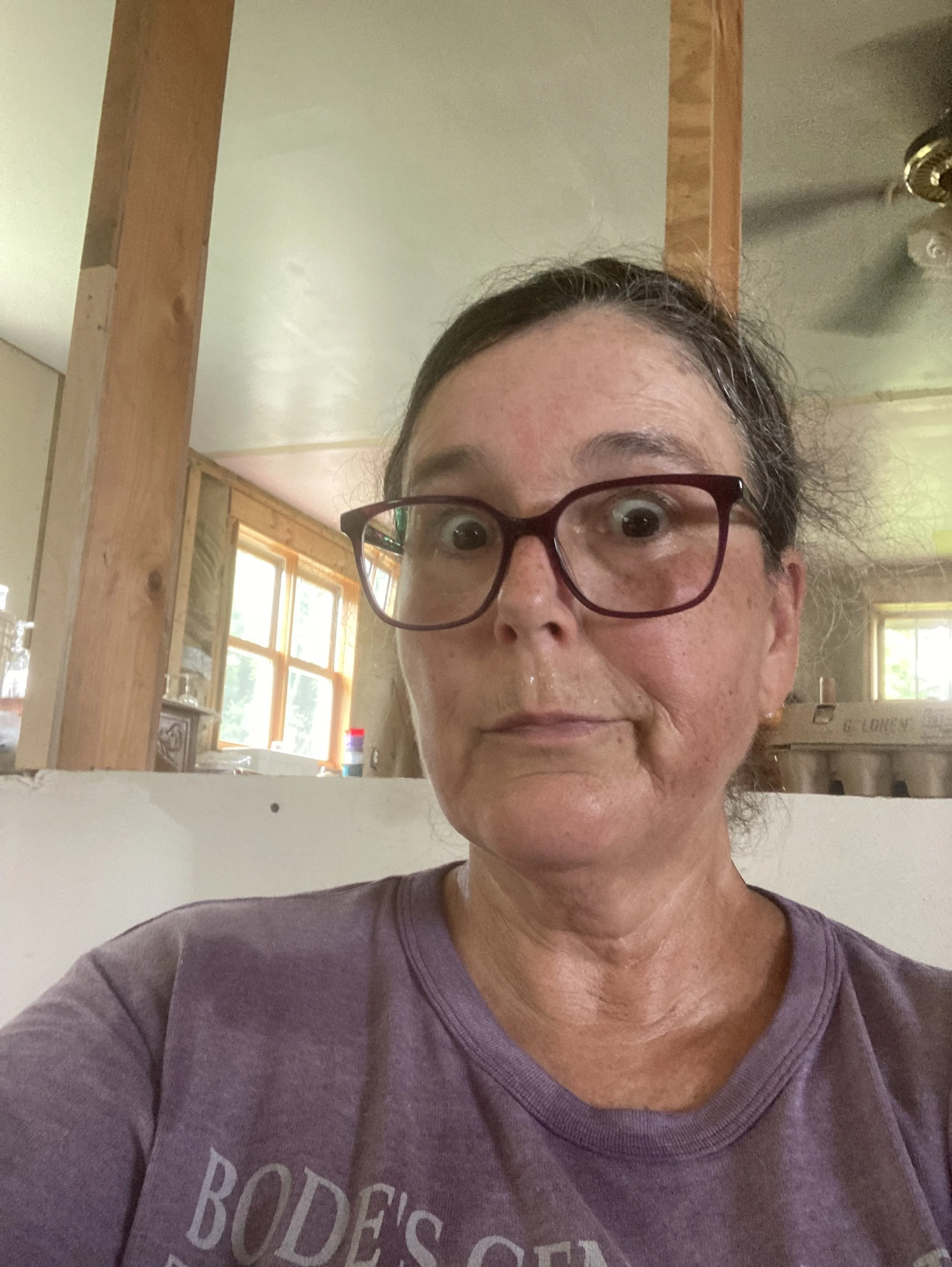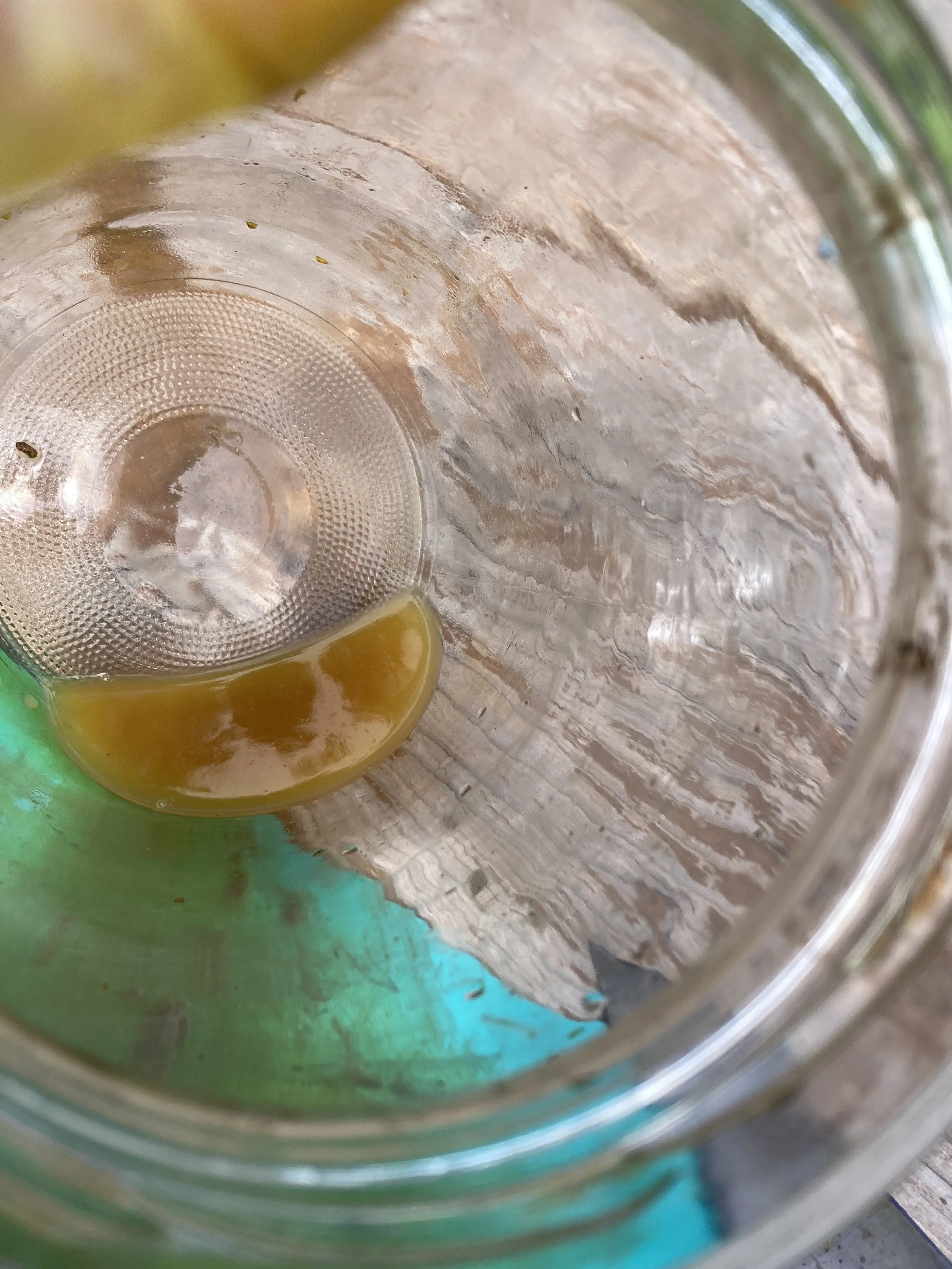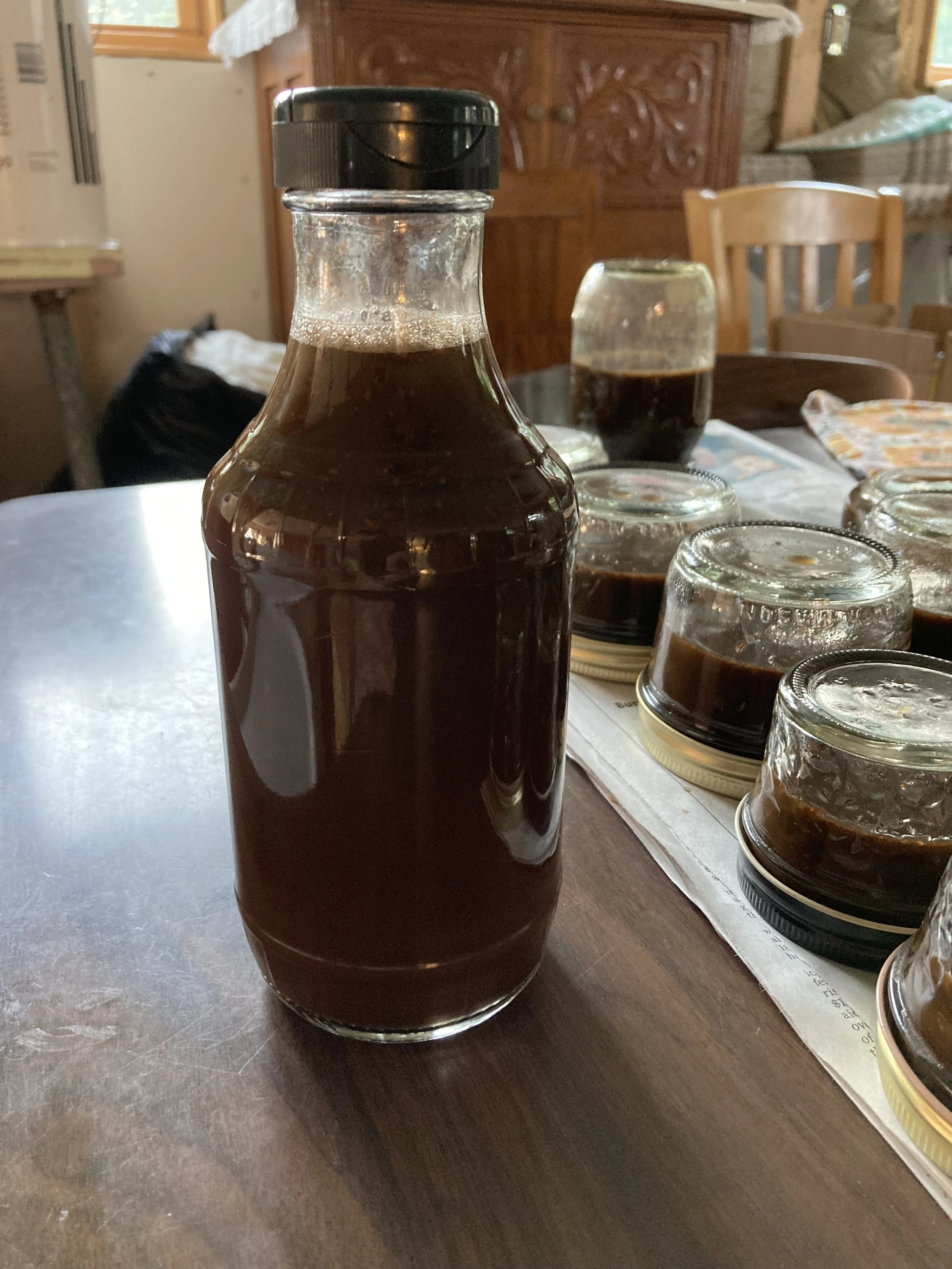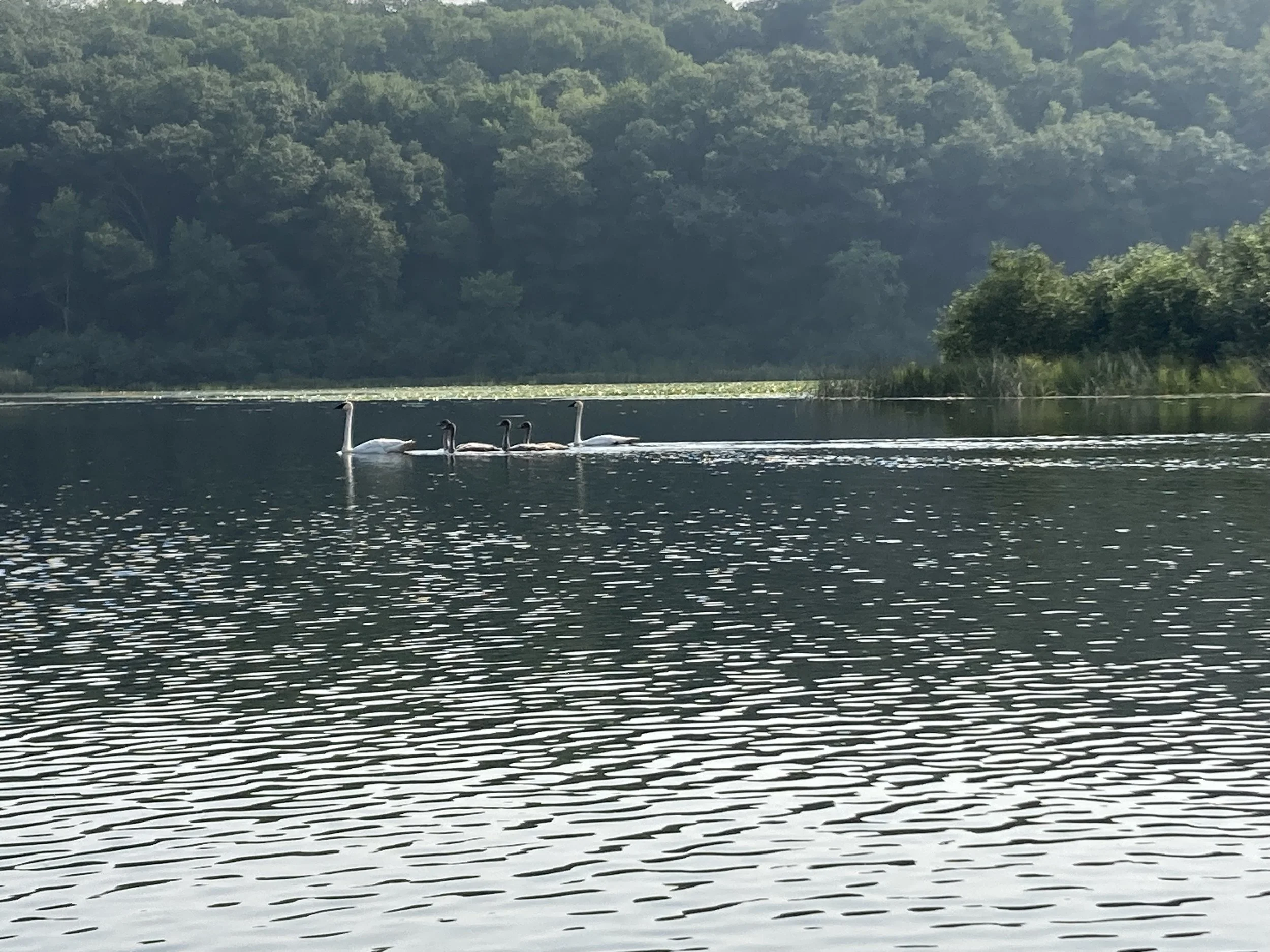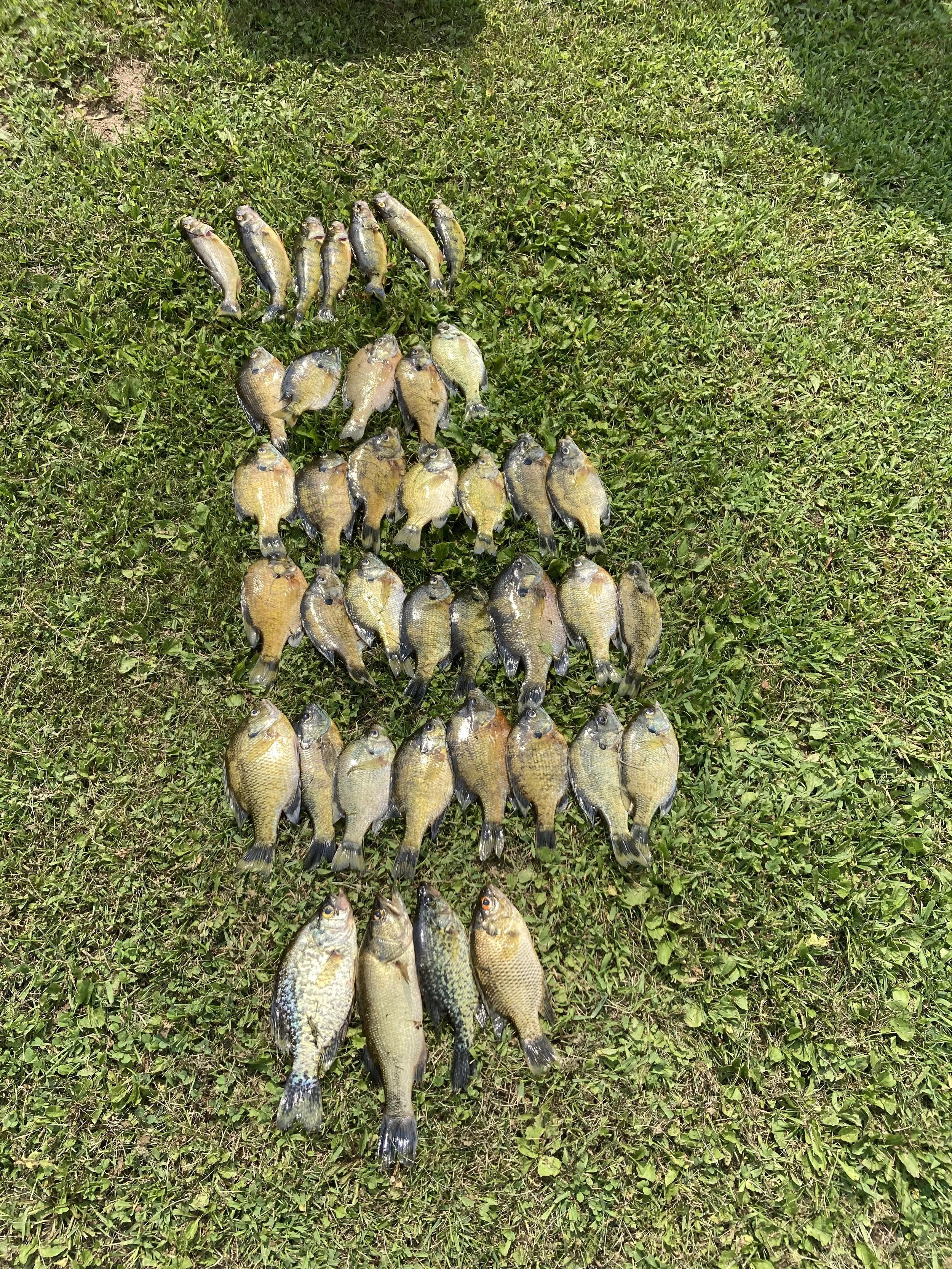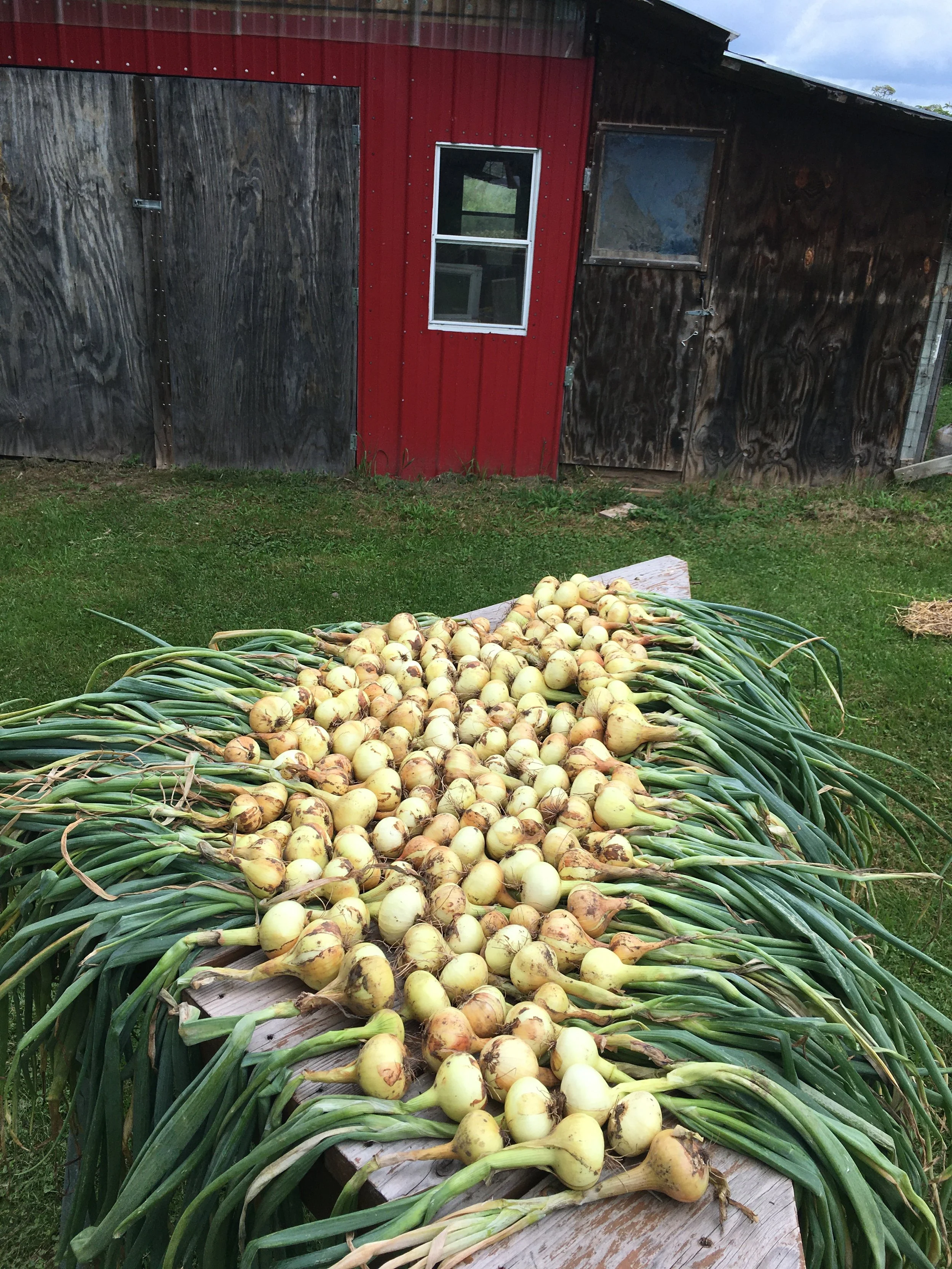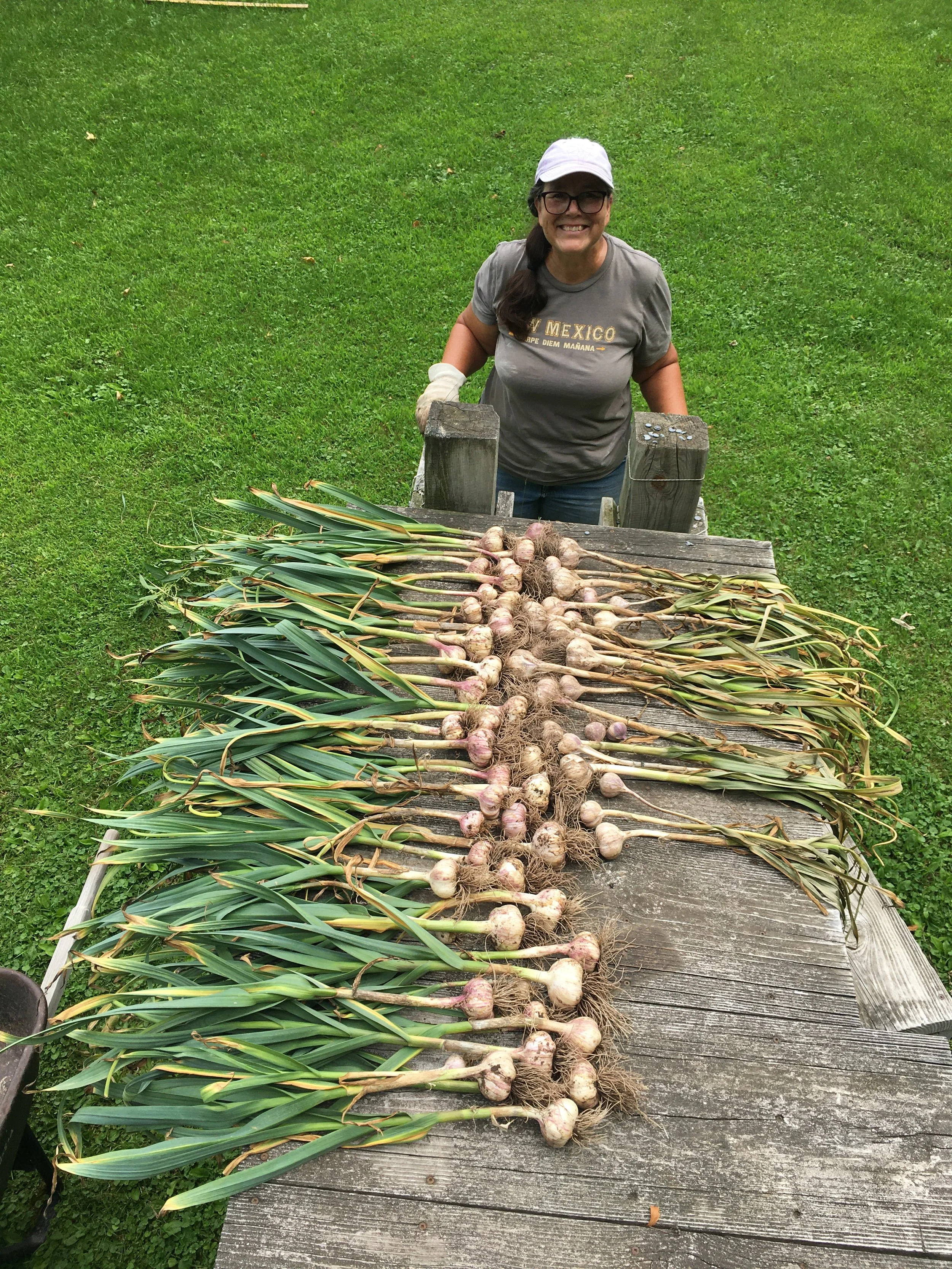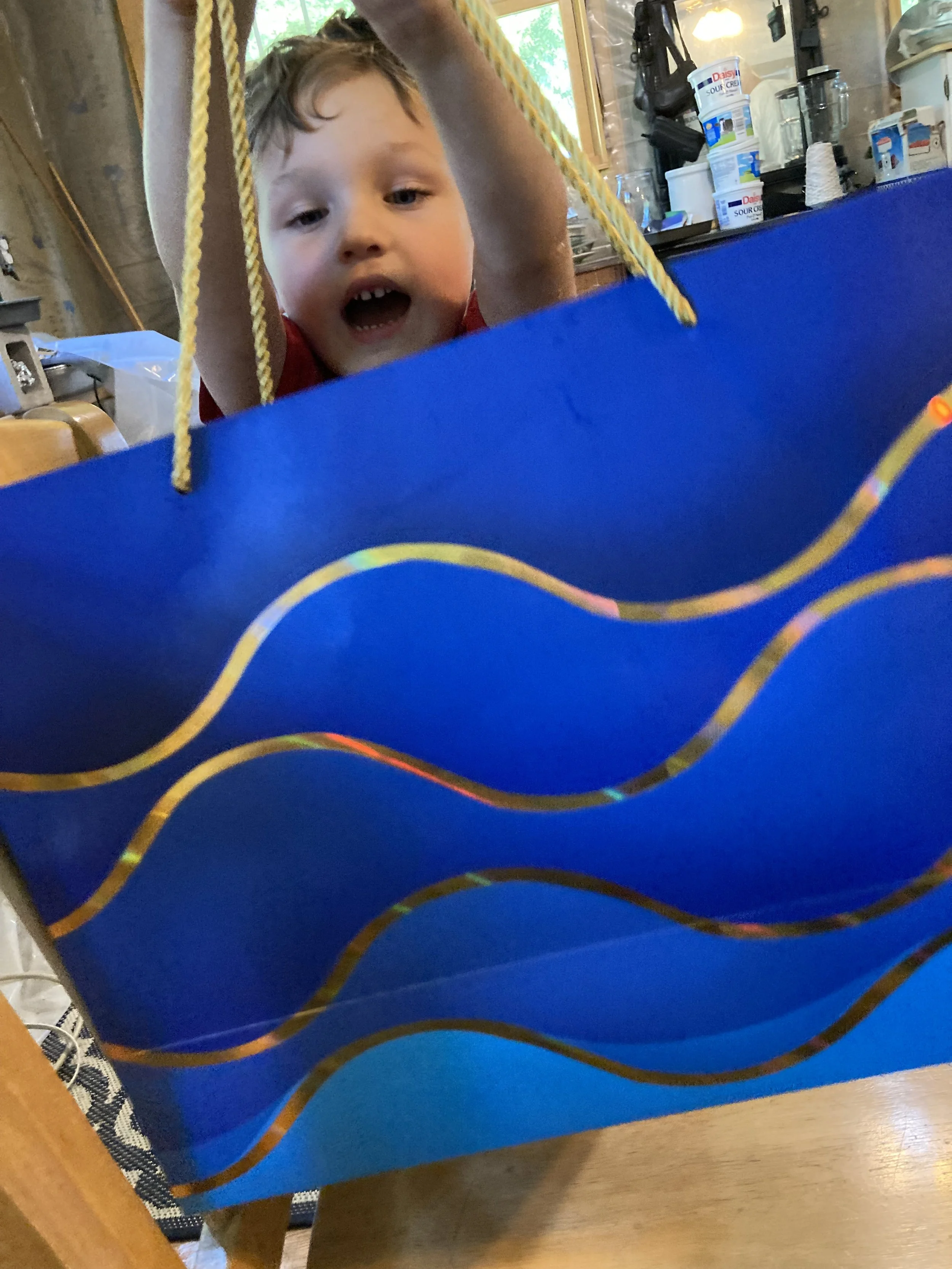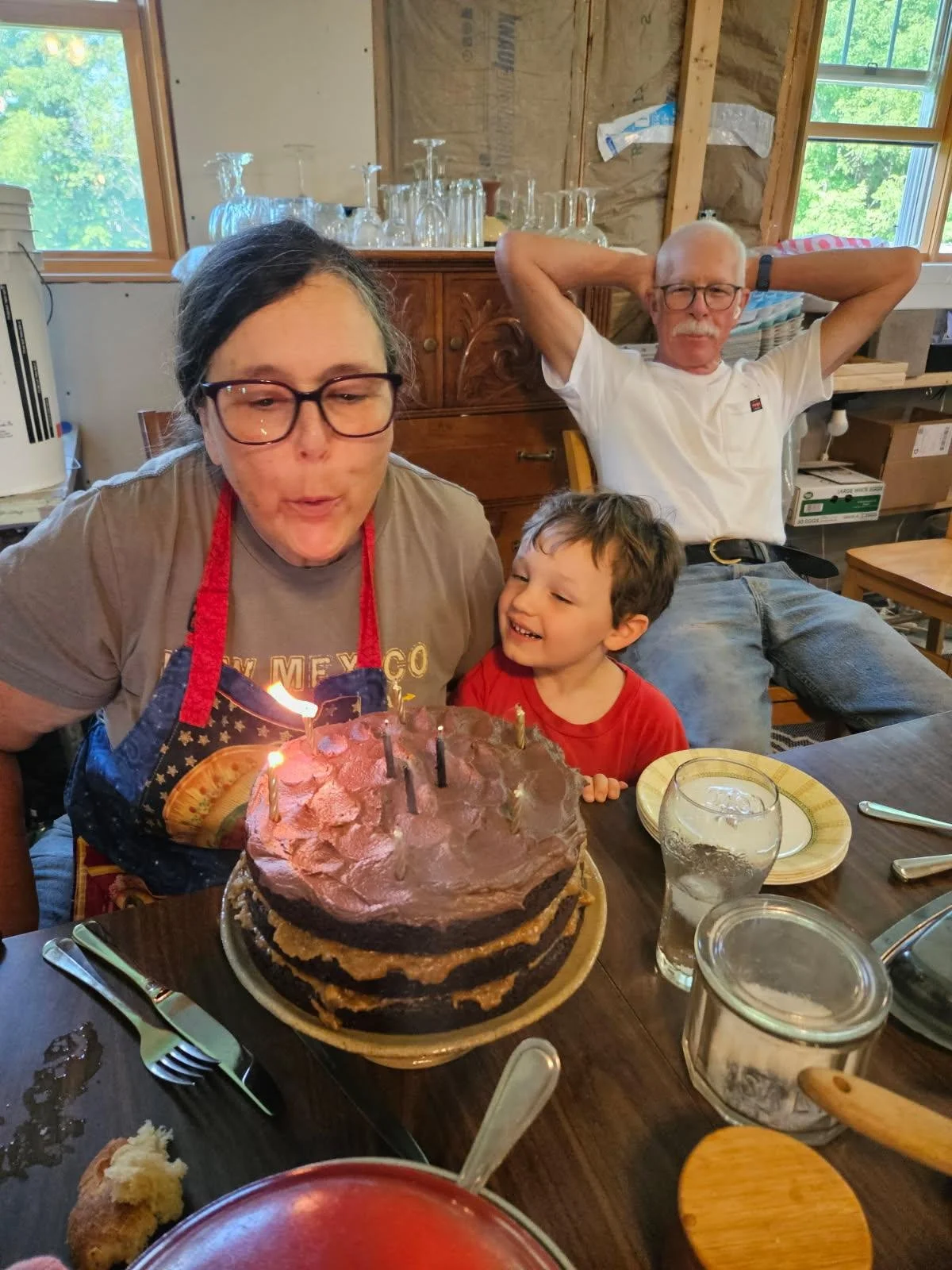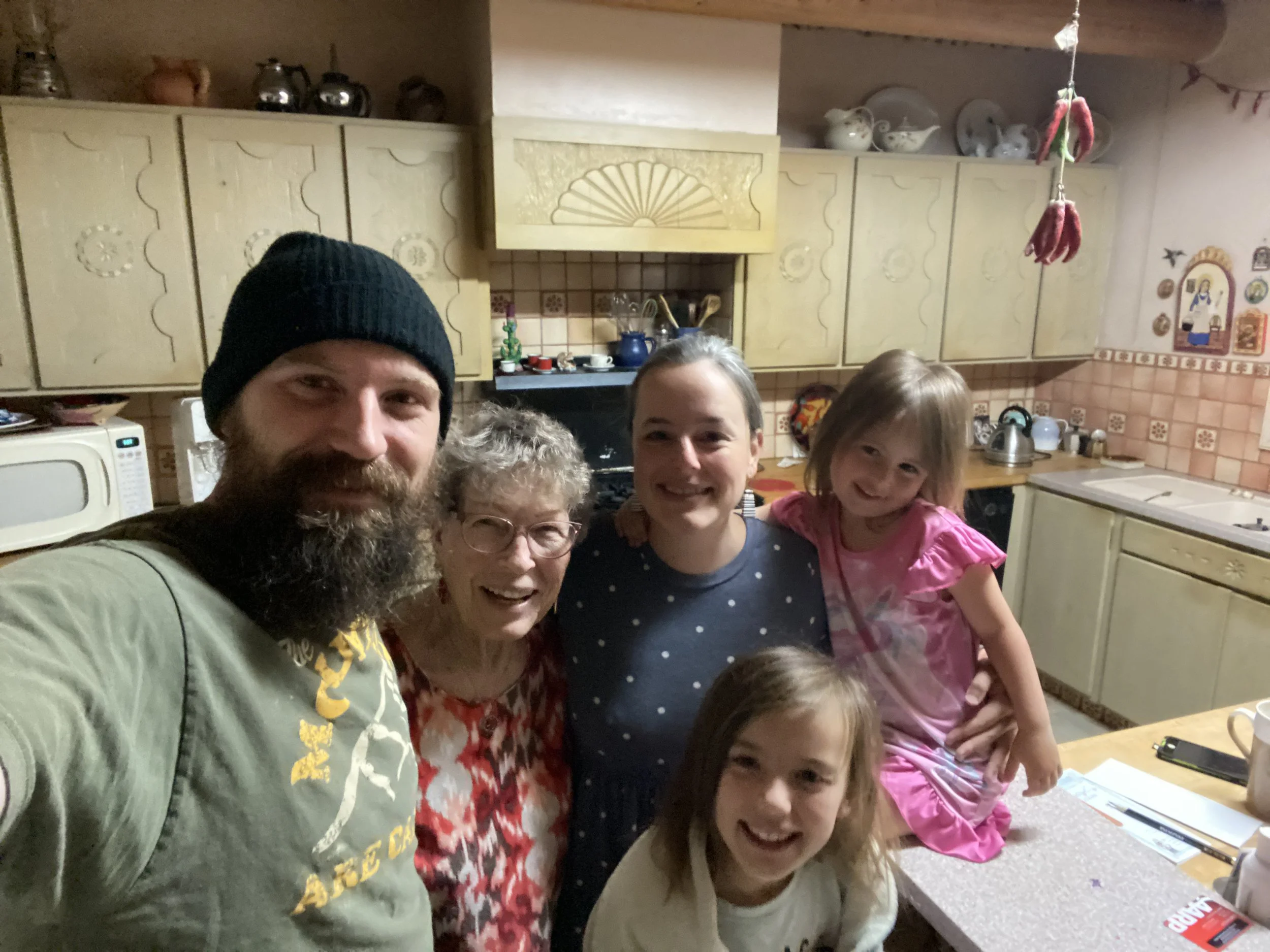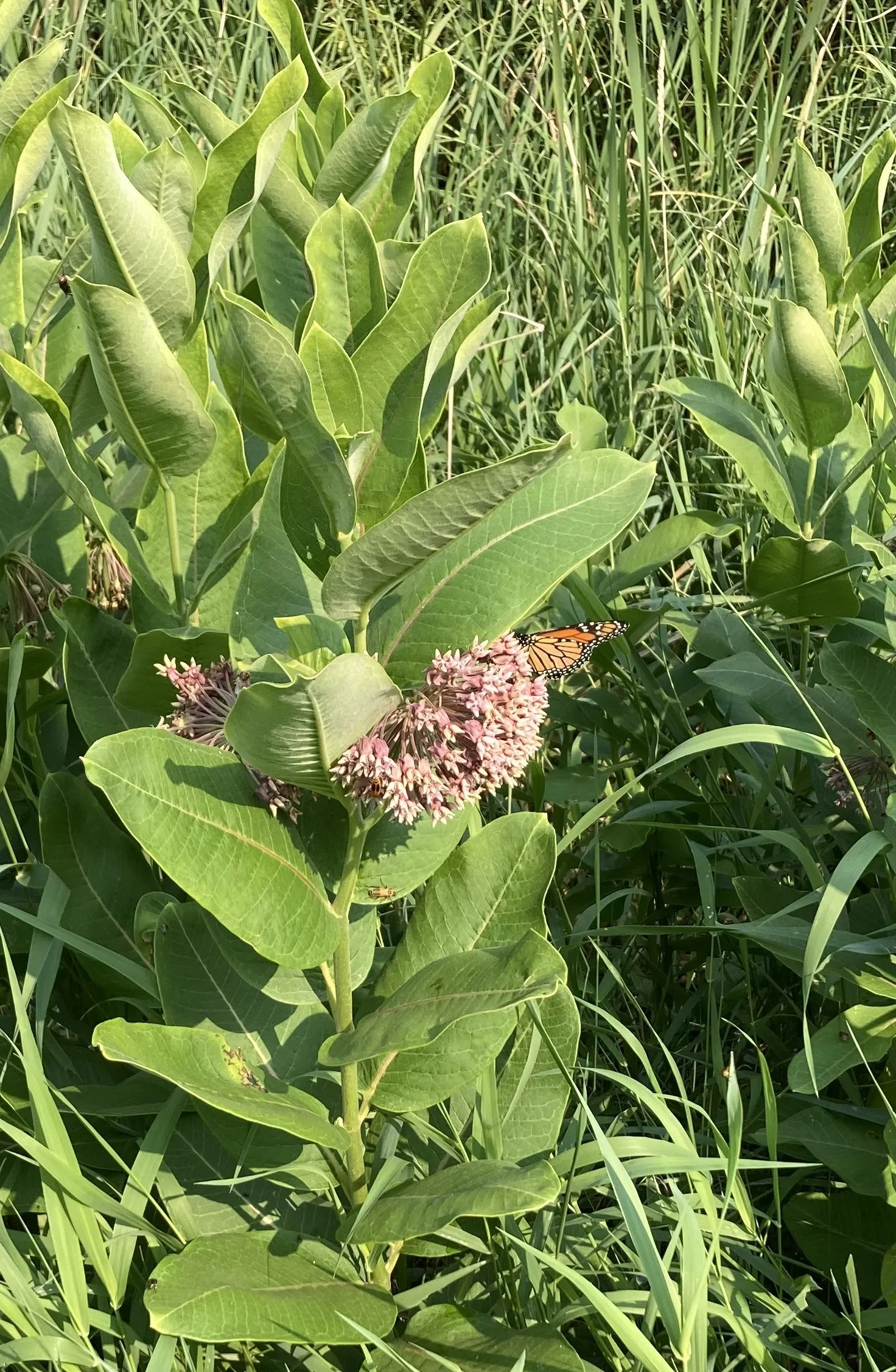Season journal: jamming in July Part 4
The chokecherries ripen in late July. Good chokecherry jelly is hard to come by, if only because choke cherries grow wild. If you buy jelly, it often lacks the richness of my jelly, as it is cut with apple juice. Properly made choke cherry jelly should be deep, dark, and velvety.
The cherries grow on racimes, namely, spronging off a central stem. It’s one way you can identify the bushes/short trees in the springtime: the blossoms are unique and visible.
Preparing the juice is akin to any jelly recipe: cover cleaned cherries just barely with water, boil for 15 minutes, mash, strain.
Eighteen cups of cherries rendered seven and a half cups of juice.
Seven and a half cups of juice, with ten and a half cups of sugar and pectin, made fifteen jars of jelly.
The difficult part of chokecherry jelly is doing all of this at 90° and 61% humidity.
The black walnuts steeped in water turned cloudy by Day 7. Took me 2 more days to find time for the next step: chopping them and spreading to dry for a day. You can see the nuts start to oxidize once exposed to air. I wore gloves and tossed the plastic cutting board after this step.
The nuts turned this deep black-brown once dried. Into a stainless pot with vinegar, red wine (and some rhubarb because it took 4 cups for 4 pounds of nuts, and a bottle of wine equals 3 cups), cloves, allspice, black pepper (toasted together and fresh ground, these spices soar to a whole new level), onions, garlic, anchovies, ginger, horseradish, and a lotta salt. Simmered for 20 minutes. House smelled wonderful. Then came the hard part.
You need to blenderize the nuts, etc., and then strain the solids out of the juice. I was not familiar with putting hot mixtures into a blender. It creates a steam bomb that blows off the lid (even if you are holding it tightly) and spews walnut bits all over everything. Cleaning it immediately to avoid staining gave the mixture time to cool. The solids look amazingly like coffee grounds and have that same grittiness. They went onto the compost pile. After separating the solids from the liquid, I was supposed to thicken with xantham gum. That isn’t something I keep in my larder, so I looked up a substitute. I do have flax seed meal, so I added that. Brought back to a simmer, used an immersion blender to whirl the flax seed meal, and had my canning equipment ready.
This made a fairly liquid product. Tastes similar to Worcestershire sauce, only better. I tried some on fried potatoes. This is an excellent condiment! I can detect the green walnut flavor, although Michael cannot. Then again, I worked with the nuts and reveled in their aroma.
Michael finally took me fishing. That is wild fire smoke making things hazy. We went earlier than usual, to beat the heat.
It must be a morning lake, since we nearly reached our bag limit!
That lady in the middle measures 9.5 inches! We also caught a number of yellow perch, a couple of crappies, a rock bass and a large mouth bass. 38 fish in less than 2 hours. We spent the afternoon cleaning them, ate fruit and yogurt for dinner, showered, and fell into bed.
We’ve harvested onions and garlic. The garlic crop suffered this year. We planted 56 cloves each of 4 varieties of garlic. For two types, we harvested about 28 cloves each. The other two produced 48 cloves each. It might be due to having planted early last year (we had a wedding in Boston to attend during the time we normally would have planted). Or it might be due to the lack of snow cover. We have noticed fewer potato beetles this year, and they overwinter in the ground as well.
I celebrated another turn around the sun, with lotsa love from near and far.
The primrose wave ciao to July.
The milkweed greet August with exuberance.

